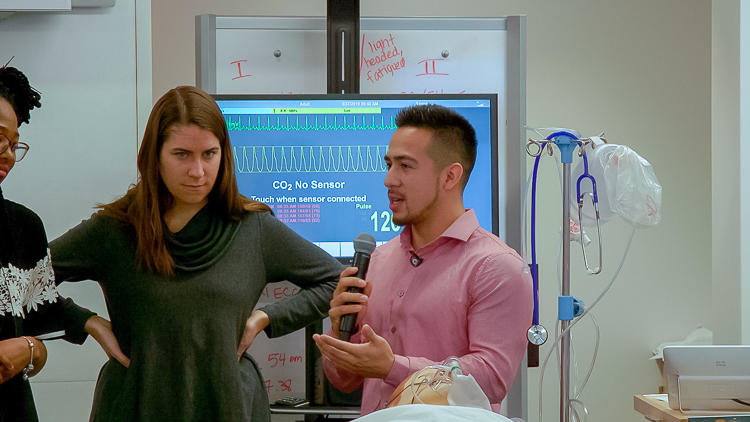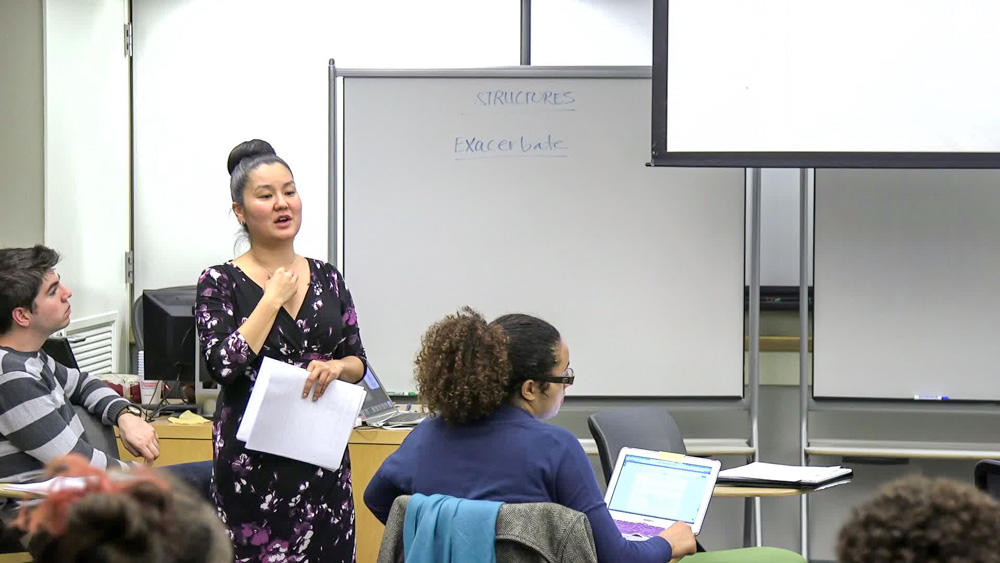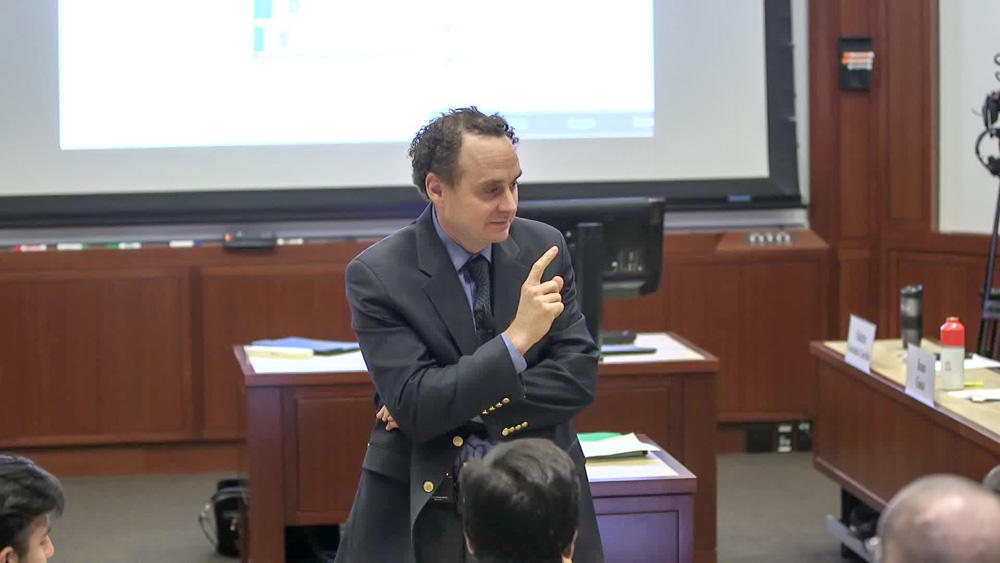Teacher-driven lessons afford instructors the luxury (and limitations) of a predictable plan. By contrast, the learning that emerges out of simulations is evolving, spontaneous, and contingent on the specific set of individuals participating. For facilitators, these circumstances require being open to students’ thinking and flexible with lesson plans, without letting efficiency or structure go by the wayside. Richard Schwartzstein calls the “unscripted” nature of simulations the challenge and fun in their facilitation. Noting that “no two sessions are exactly the same,” Schwartzstein characterizes this kind of instruction as “choreography but with some freedom for the dancers.”
Planning for Unpredictability in Simulations
Instructor
Richard Schwartzstein, Ellen and Melvin Gordon Professor of Medicine and Medical Education
Student Group
Graduate
School
Harvard Medical School
Course
Homeostasis I
Group Size
40 students
Additional Details
First-year prerequisite
- Be flexible when facilitating simulations. Since simulations are student-driven and seldom straightforward, the paths students take can be highly unpredictable. Keep this in mind, and allow students to flounder a bit and/or test out solutions you had not considered.
- Strike a balance between efficiency and flexibility. Move students along to achieve the simulation’s objectives, but don’t be so overbearing with your management that you suppress their group thought processes.
- Be strategic about where you choose to wrap-up a simulation. Most simulations conclude when students reach a viable solution. If students have encountered a puzzle that they cannot realistically surmount in the time allotted, you might pause there and solicit the rest of the class’s expertise to talk through the simulation. Typically, facilitators end simulations when energy is still relatively high as this helps to foster a more lively debrief.
- Boet and colleagues remind instructors that using simulations generate the conditions necessary for student learning; however, each simulation is a unique experience. Thus, successful simulations require some flexibility for individual student experiences and expertise (2014).
- Adaptability is central to high-fidelity simulations (McGaghie, 2008).
- Instructors should consider learner generated or “emergent” objectives when implementing simulations (Fanning & Gabba, 2007).
- van Ark and Wijnen-Meijer argue that jazz serves as a useful multi-faceted metaphor that can help medical professionals view errors and uncertainty from a new perspective (2019).
- Carleton College’s Science Education Research Center (SERC) provides a helpful framework for thinking through the basic structure of a role play session, including potential elements that could go wrong.
- In a Faculty Focus blog post, professors discuss the value of embracing the “messy” and “unpredictable” in teaching and learning.
- In another video, Instructional Move featured faculty member Brett Flehinger describes how he adjusts his lecture lesson plans on the fly to accommodate student contributions.




